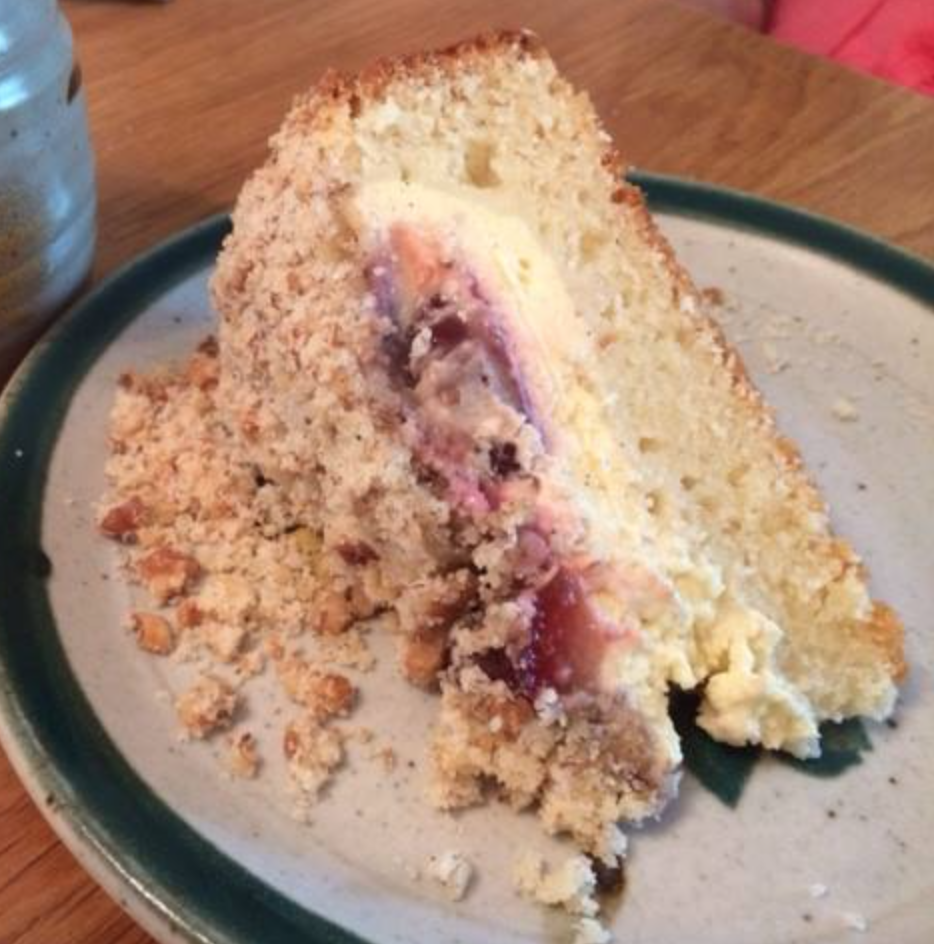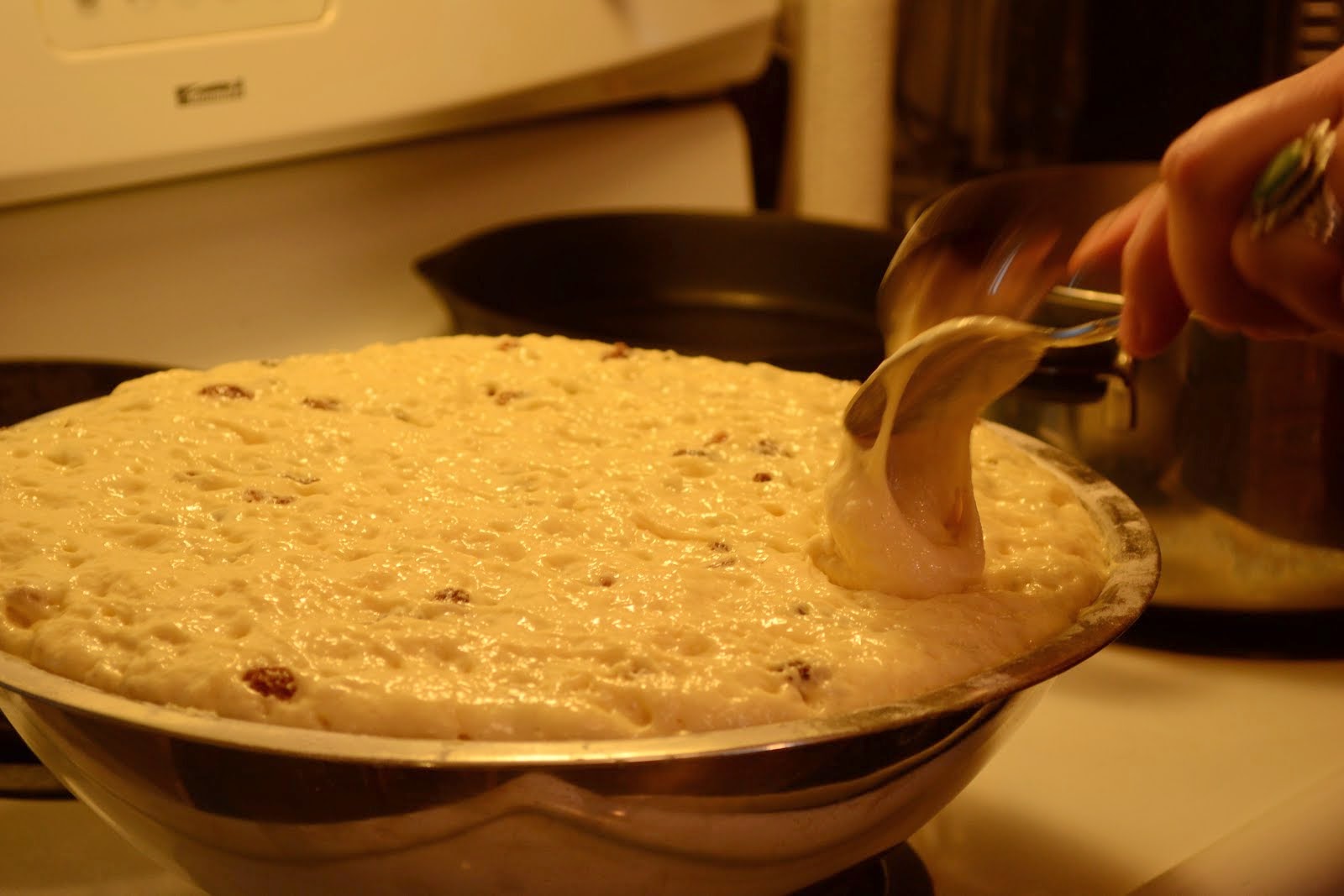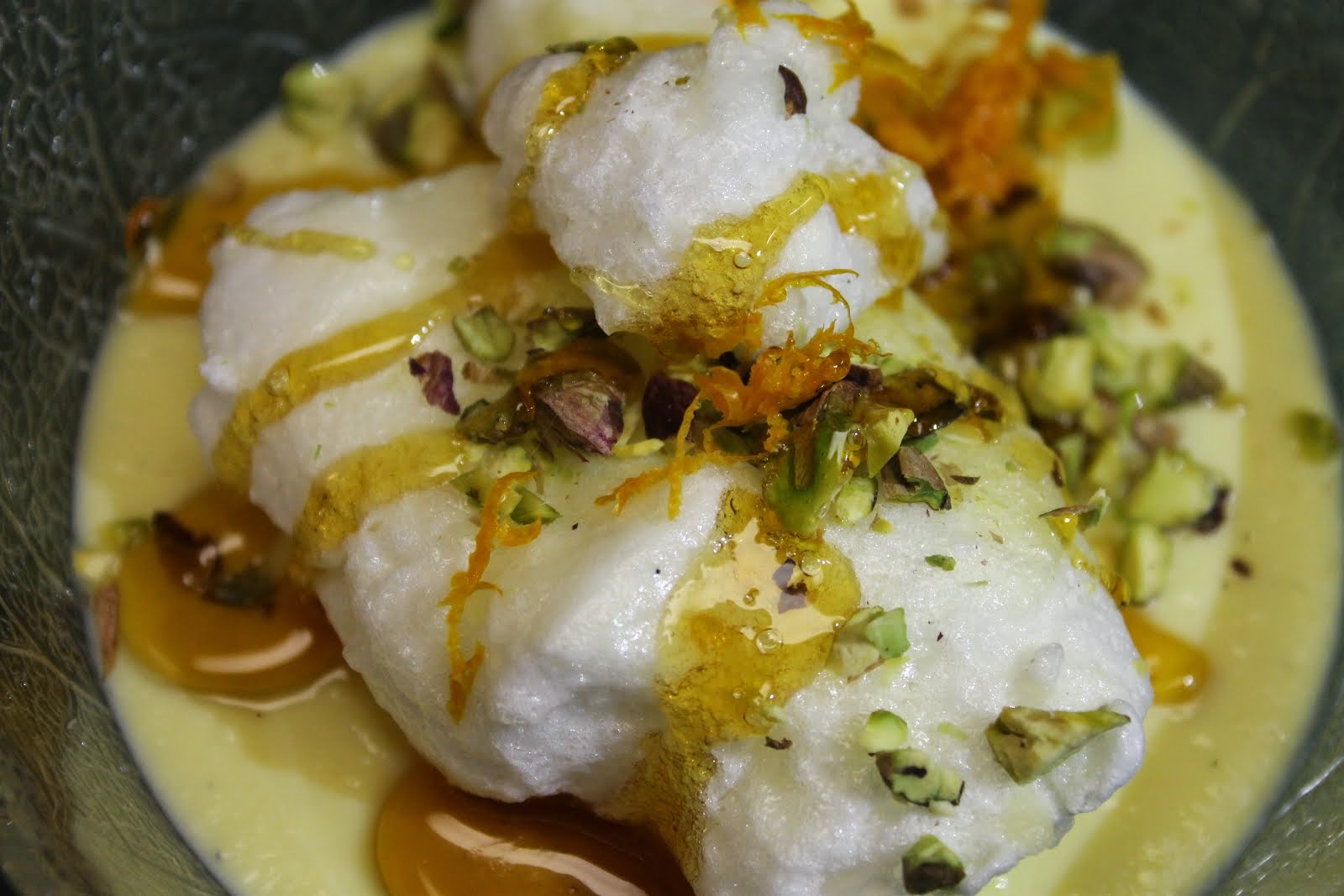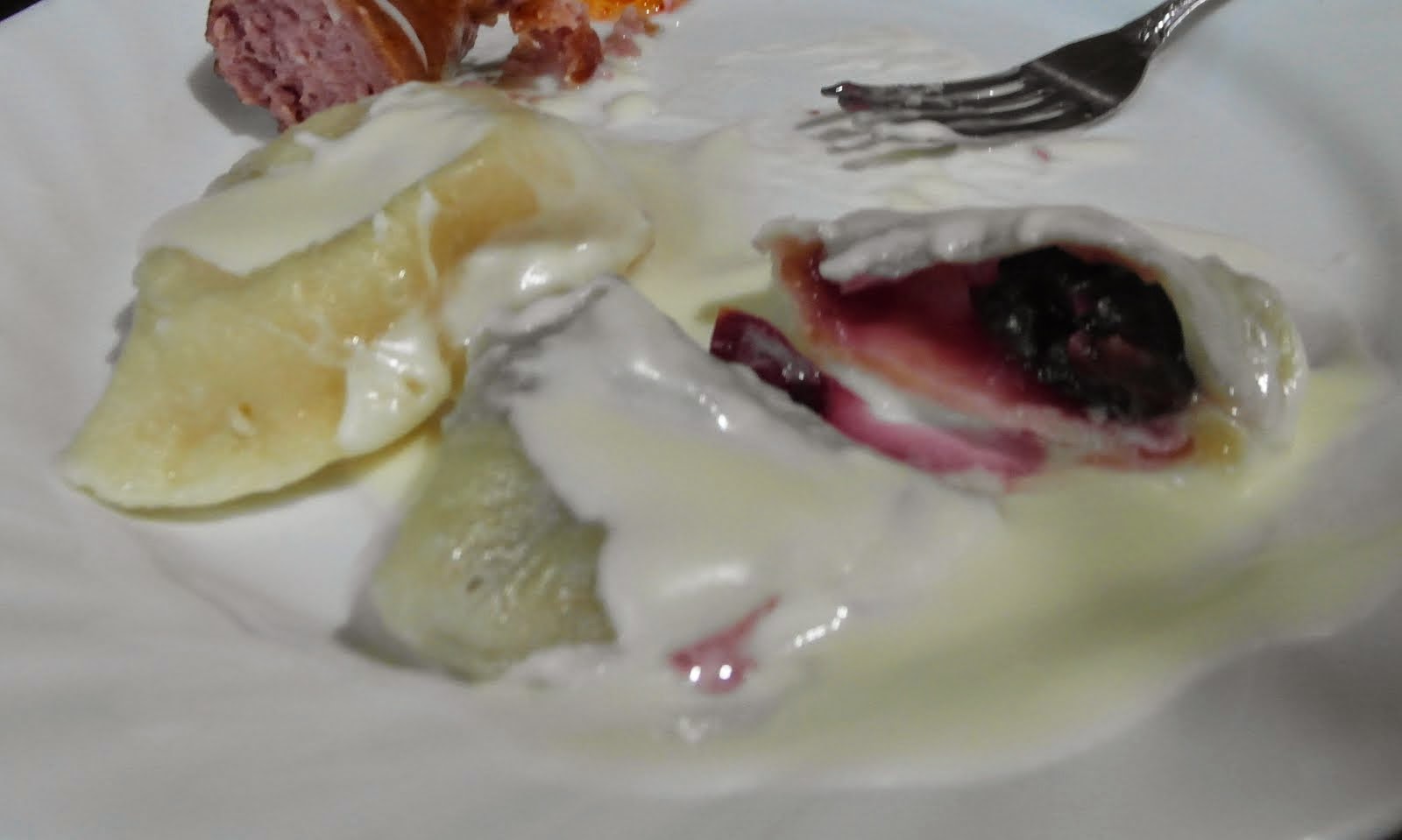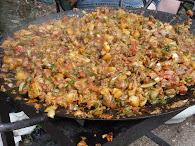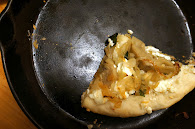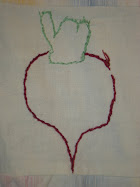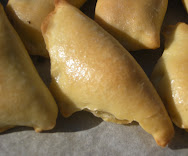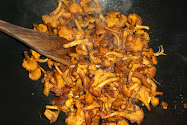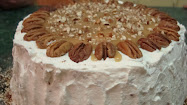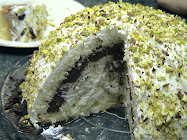 |
| photo: viola fast - spring 1968 |
Several times a summer, usually on a Sunday, my family would have a chicken barbeque in the back by the stones. My excitement at the prospect of such a meal was already palpable on the short drive home from church. Once we got home my father wasted no time getting the fire going. He cut kindling, chopped wood and lit the fire. I may have run off to play while the fire was burning, perhaps to the swing, perhaps back into the house to see how my mother and my older sisters were faring with cutting up the chicken and mixing the potato salad but I would return to the fire regularly. When the time came, I wanted to watch as my father laid the chicken onto the barbeque rack. He fitted each piece in its place like a master jigsaw puzzler, nestling drumstick to wing, breast to thigh, right to the edge of the rack. If perchance I had been off swinging when my father spread out the chicken, I’d be sure to be present when my father, just as the chicken was beginning to brown, dipped each piece into the barbeque sauce which my mother had prepared; a blend of vinegar, eggs, oil, salt and poultry seasoning. This dipping was an artful process indeed. My father had little maneuverability on the chicken-laden grill and each piece had to be returned to the exact spot he had lifted it from. Shortly before the chicken was done, my father dipped all the pieces once again. I doubt that I strayed far from the barbeque once my father started dipping, my anticipation too great by now for my attention to be easily diverted unless it was to run inside and urge my mother or sisters to hurry the process of carrying the salad, cups and plates, cutlery out to the back. I discovered many years later that the recipe for our barbeque sauce originated with the Manitoba poultry producers and got passed around among Blumenort families by the farm wife who first discovered it. But as a child I claimed it as our own; a sauce that separated our barbequed chicken out from the ordinariness of everybody else’s.
When the chicken was a succulent brown, my father pulled out his pocket knife and cut a small piece off one of the breasts. With the tip of his knife, he held the bit of morselled meat to my mouth; a crusty crispness of salt and oil, a vinegary nibble of rosemary and sage. “How is it?” he asked. My declaration always: “perfect.” This luscious tease to the taste buds notwithstanding, my favorite pieces were the drumstick and the neck, which I only knew as the
Gorjel. I now know that the neck was nobody's favorite so I was welcome to the piece, but as a young child it was a delicacy, a single mouthful of stringy meat sucked from the crook of the neck. The drumstick followed and undoubtedly some potato salad. When I was satiated, all that was left to do was throw the bones to our dogs, listen to the crunch of their feast and wait for the next barbeque.
 |
| photo: douglas fast, august 2010 |
Now out behind what was our garden all that’s left of our familial henge are six, seven stones that lie scattered about, overgrown with grass and scrub bush. One has toppled from its base, others are tilted and skewed as they have sunk into the soil with time. They used to sit solidly in a circle, a cluster placed there by design. With hours of hard work and the help of a block and tackle, my father and older siblings rearranged a pile of boulders that had been deposited there by the bulldozer that excavated our basement. My father completed this outdoor dining room by bricking up a barbeque.
I remember an upright white limestone boulder in that circle, too tall for a child to clamber onto, pock marked in an ancient era by the insistent battering of eroding water. Equally intriguing to me as a child was a flatter stone and hence easier to climb onto, a granite rock formed in an even earlier pre-Cambrian epoch but now set up against a cluster of trees. Adults could rest their backs against the oaks, but the small lip that rose up from the back of the rock, only a hand span in height, and the shallow indentation in front of it was a seat perfectly formed for a child; a coveted seige on which to relish a Gorjel and anticipate a drumstick.
("chicken barbeque" is the first of a series of blog postings in which I explore the food culture I was raised in following "thank you St. Martha.")











